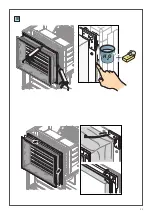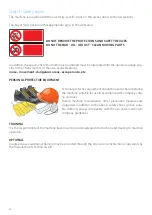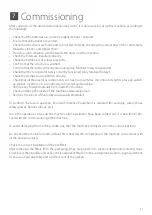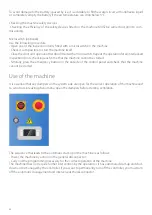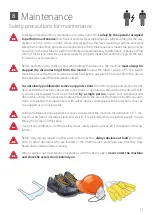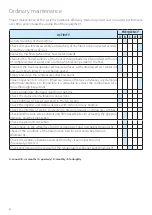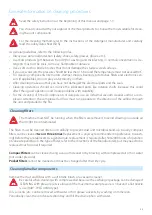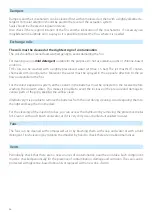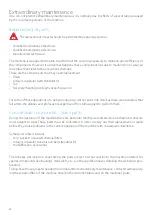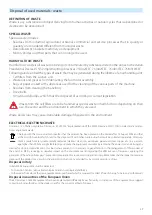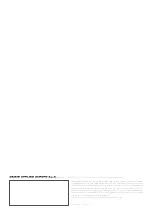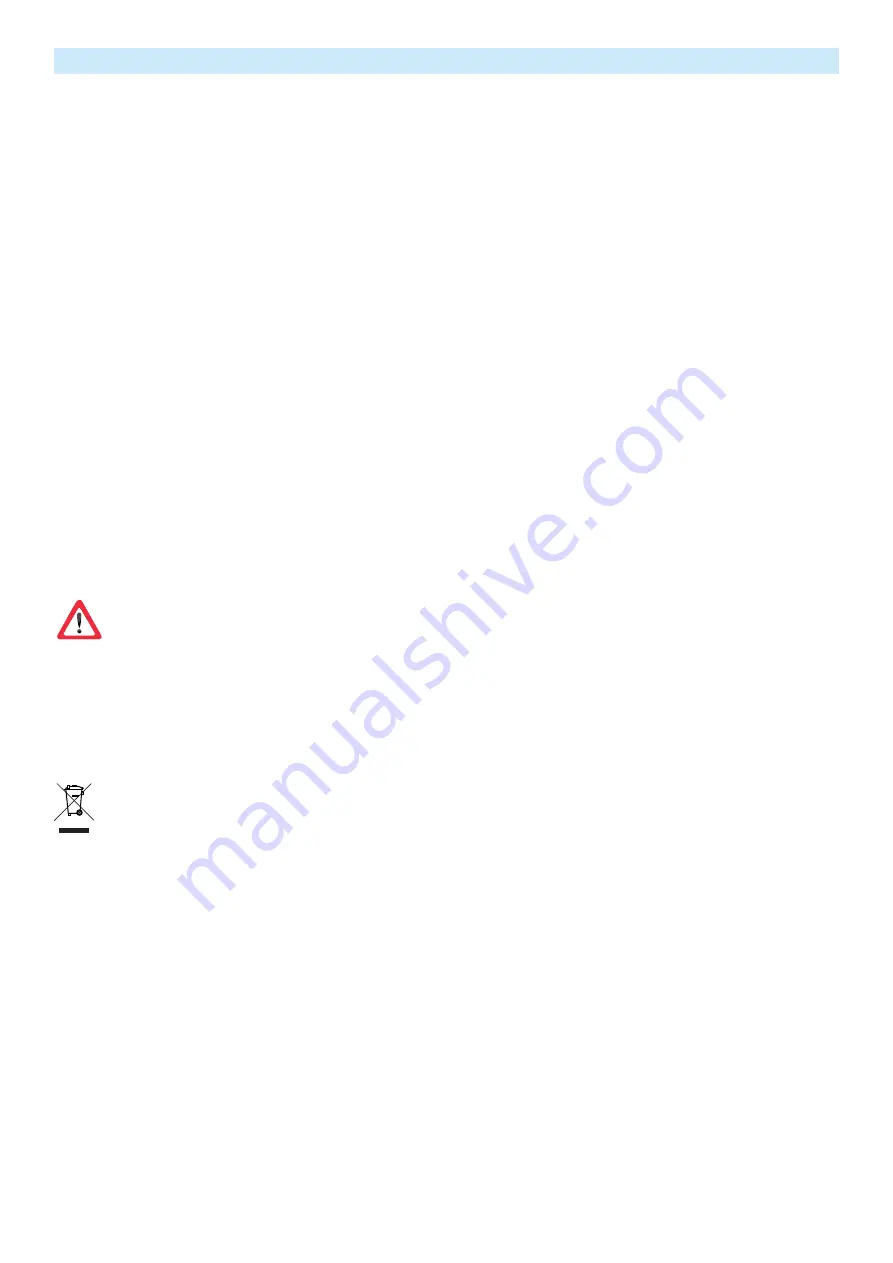
59
Disposal of used materials - waste
DEFINITION OF WASTE
Waste is any substance and object deriving from human activities or natural cycles that is abandoned or
destined to be abandoned.
SPECIAL WASTE
Special waste includes:
• Residues from industrial, agricultural, artisanal, commercial and service processes that in quality or
quantity are considered different from municipal waste.
• Deteriorated or obsolete machinery and equipment.
• Motor vehicles and their parts that can no longer be used.
HARMFUL TOXIC WASTE
Harmful toxic waste is all waste containing or contaminated by substances listed in the annex to the Italian
Presidential Decree 915/52 implementing directives 75/442/EEC, 76/442/EEC, 76/403/EEC, 768/319/EEC.
Following are described the types of waste that may be generated during the lifetime of an air handling unit:
• Cell filters from the suction unit.
• Waste oils and greases from lubricating the fan motor assembly.
• Rags or paper soaked with substances used for the cleaning of the various parts of the machine.
• Residues from cleaning the panelling.
• Drive belts.
• UV germicidal lamps, which must be disposed of according to current legislation.
Waste from the cell filters are to be handled as special waste or harmful toxic depending on their
use, the sector and the environment in which they are used.
Waste and scraps may cause irreparable damage if dispersed in the environment.
ELECTRICAL/ELECTRONIC WASTE
Under art. 13 of Italian Legislative Decree no. 49 of 2014 "Implementation of the WEEE Directive 2012/19/EU on electrical and elec-
tronic equipment waste.
The logo with the crossed-out bin specifies that the product has been placed on the market after 13 August 2005 and that
at the end of its useful life it should not be disposed of with other waste but rather must be collected separately. All equip-
ment is made from recyclable metallic materials (stainless steel, iron, aluminium, galvanised steel, copper, etc.) in a percent-
age higher than 90% by weight. Before disposal make the equipment unusable by removing the power cord and closing any
devices for closing compartments or cavities (where present). It is necessary to pay attention to the management of this product at
the end of its life by reducing its negative impact on the environment and improving the effective use of resources, applying the
principles of "he who pollutes pays", prevention, preparation for reuse, recycling and recovery. Remember that the illegal or improper
disposal of the product may result in the application of sanctions provided for by current provisions of law.
Disposal in Italy
In Italy WEEE equipment must be delivered:
-
To Collection Centres (also called ecological islands or ecological platforms).
-
To the dealer from whom the new equipment was purchased, which is required to collect it free of charge ("one to one" withdrawal).
Disposal in countries of the European Union
The EU Directive on WEEE equipment has been implemented differently by each country, so to dispose of this equipment we suggest
contacting local authorities or the dealer to ask for the correct method of disposal.
Summary of Contents for Modular Rotary
Page 15: ...15 Notes...
Page 28: ...28 Notes...
Page 33: ...33 VDI 6022 6...
Page 34: ...34 1 x TE8x35 1 x 8 5 1 x M8 2 x TE8x35 2 x 8 5 2 x M8 7...
Page 43: ...43 3 4 5 x 1 100mm 100mm 250mm 250mm 250mm 10 100mm 5mm...
Page 44: ...44 6 7 NO OK...
Page 45: ...45 H2O SOAP 8...
Page 46: ...46 9...
Page 47: ...47 Notes...
Page 62: ...62 Repair log DATE SERVICE TYPE TIME REQUIRED SIGNATURE...

